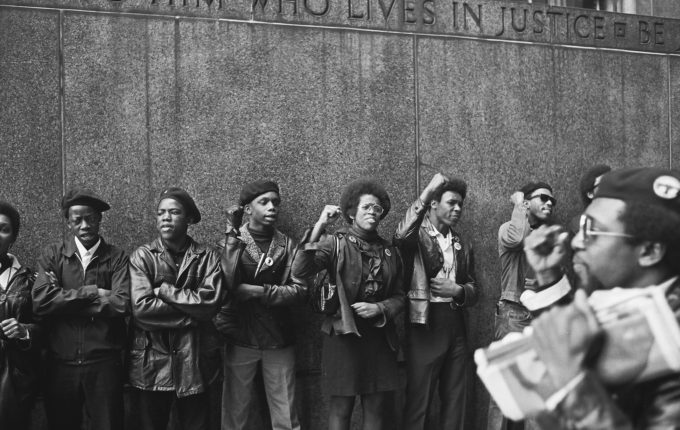THE NATION CLASSROOM
History as It Happened
RACE RELATIONS and CIVIL RIGHTS
MODULE SEVEN: 1966-1990

STUDENT PRACTICE ACTIVITY ONE
Read each question carefully, then review the documents cited. In every case, you are asked to compare and contrast points made by the authors. Explain those differences in a few concise sentences.
1. In Document One, Martin Luther King Jr. states, “The danger of this period is not that Negroes will lose their gains.” Twelve years later, Carey McWilliams (Document Six) echoes that sentiment, saying, “These gains cannot be reversed.” Identify a passage from another excerpt that appears to dispute these opinions, and review how it differs from King and/or McWilliams’s position.
2. In Document Six, Carey McWilliams paints a relatively optimistic portrait of the civil rights progress achieved by African- Americans by 1978. Compare and contrast the McWilliams piece with Document Four, the 1968 essay “Television” by John Horn. In what ways does McWilliams portray a different sort of society than the one described by Horn ten years earlier?
3. Compare and contrast the following two quotations:
“The continuation of persistent poverty is incendiary because the poor cannot rationalize their deprivation. … Only the neglect to plan intelligently and the unwillingness genuinely to embrace economic justice enable it to persist.”—Martin Luther King Jr. in Document One.
“We are dying, here, out of all proportion to our numbers… This is not by chance and it is not an act of God. It is a result of the action of the American institutions, all of which are racist: it is revelatory of the real and helpless impulse of most white Americans toward black people…” —James Baldwin in Document Seven.
4. In Document Seven, James Baldwin states, “American institutions [are all] racist.” Find three examples in the other documents that illustrate how American institutions—in the broad sense of the word—may have been seen to be racist.
